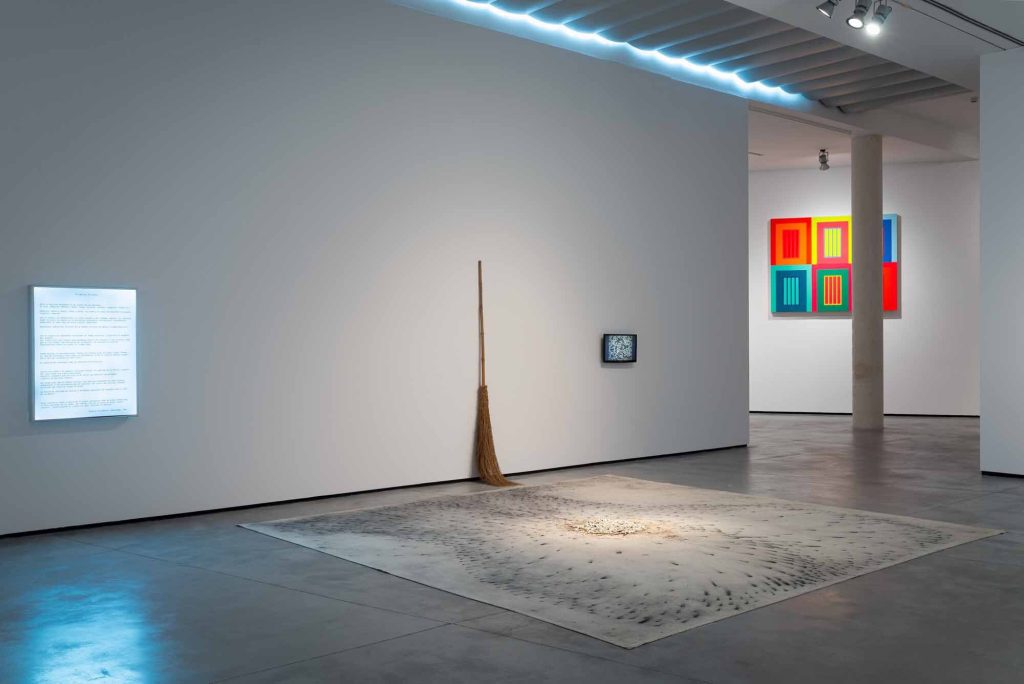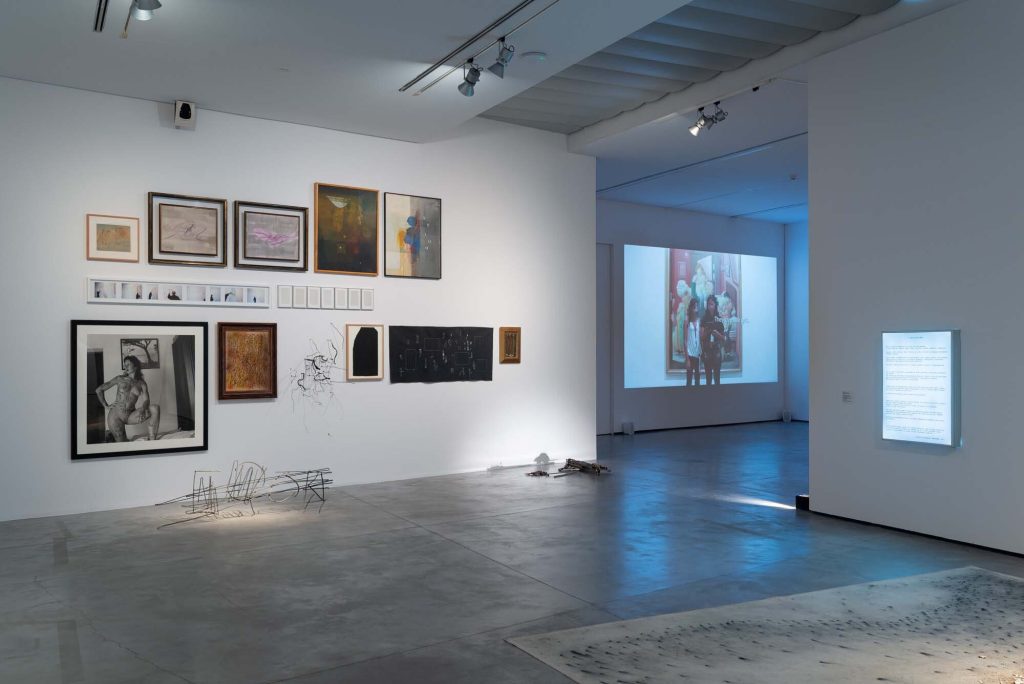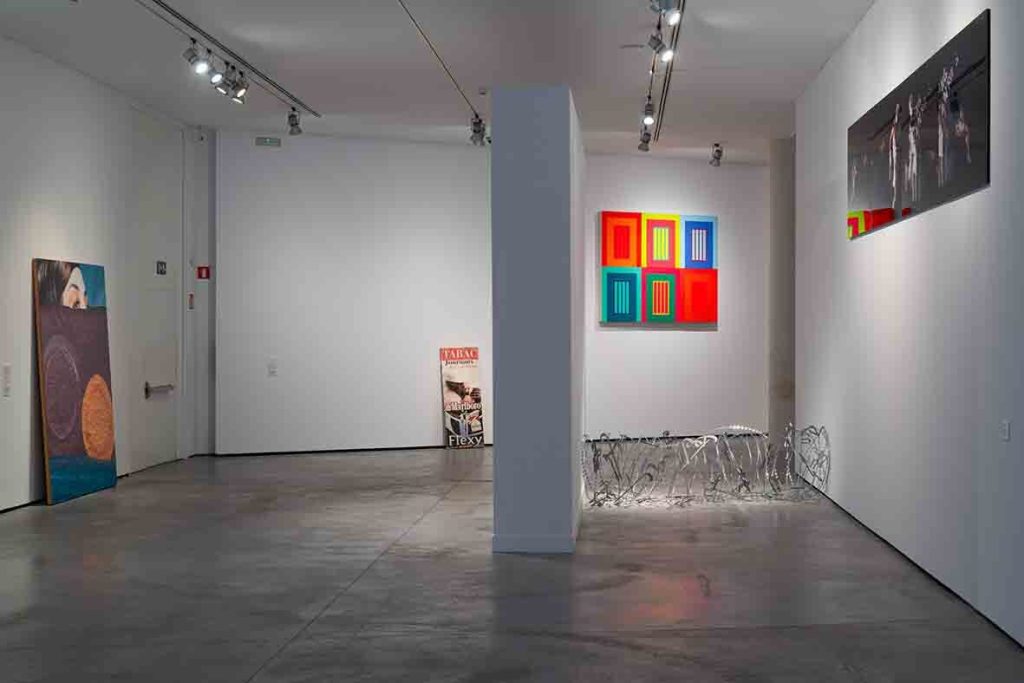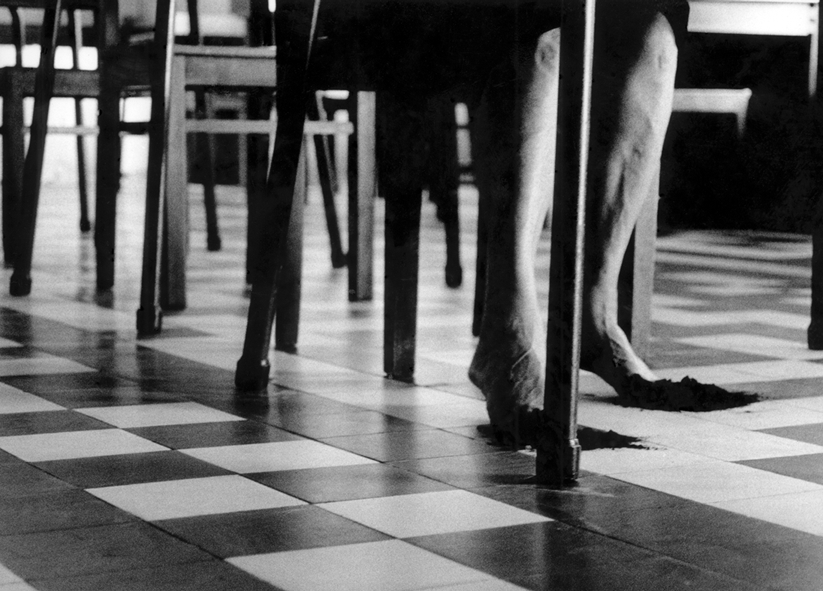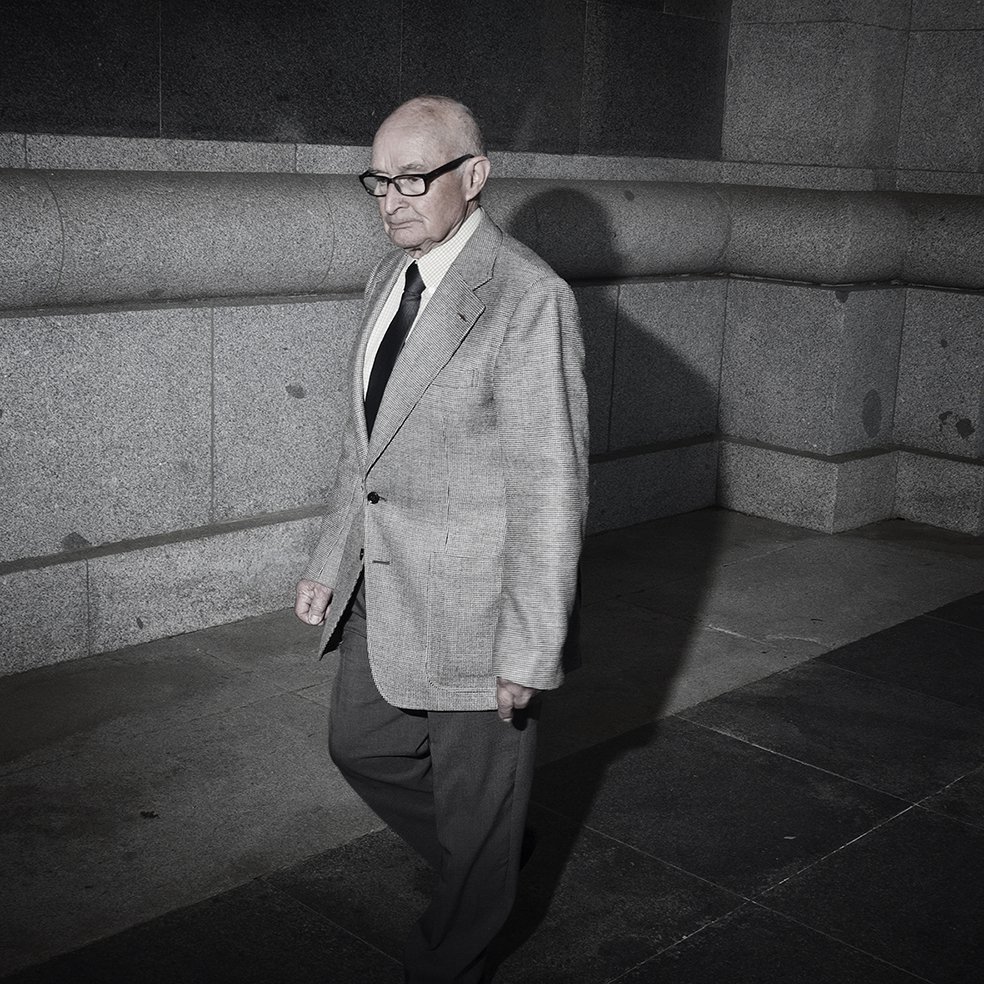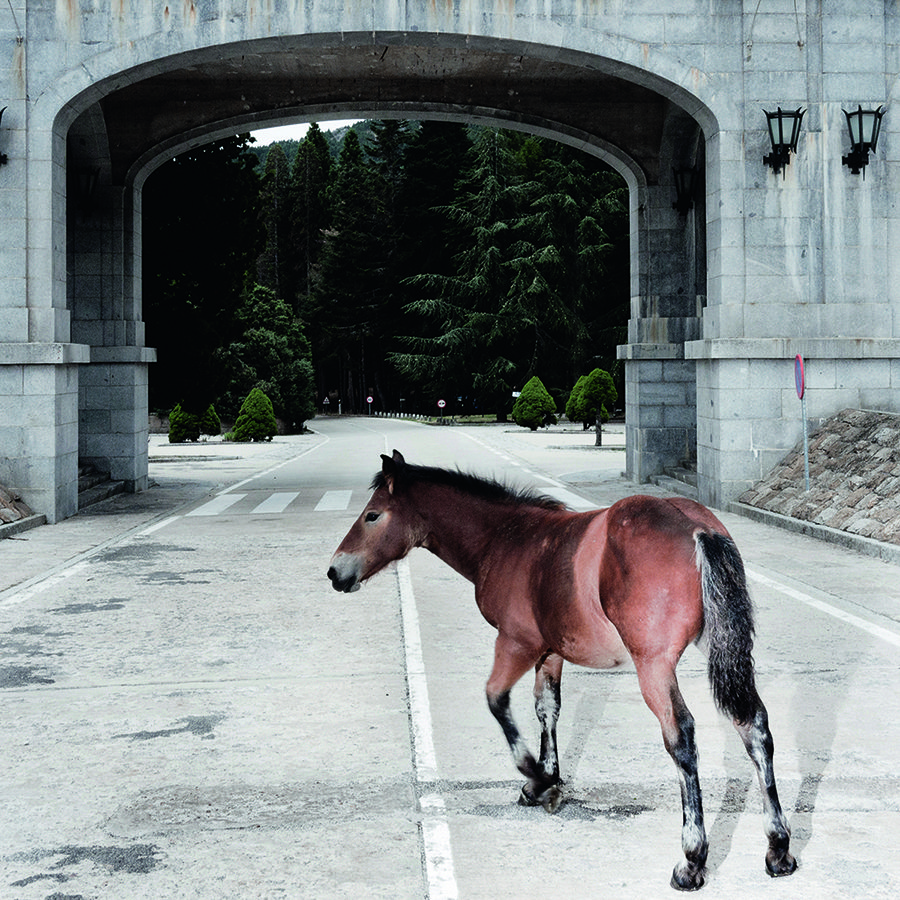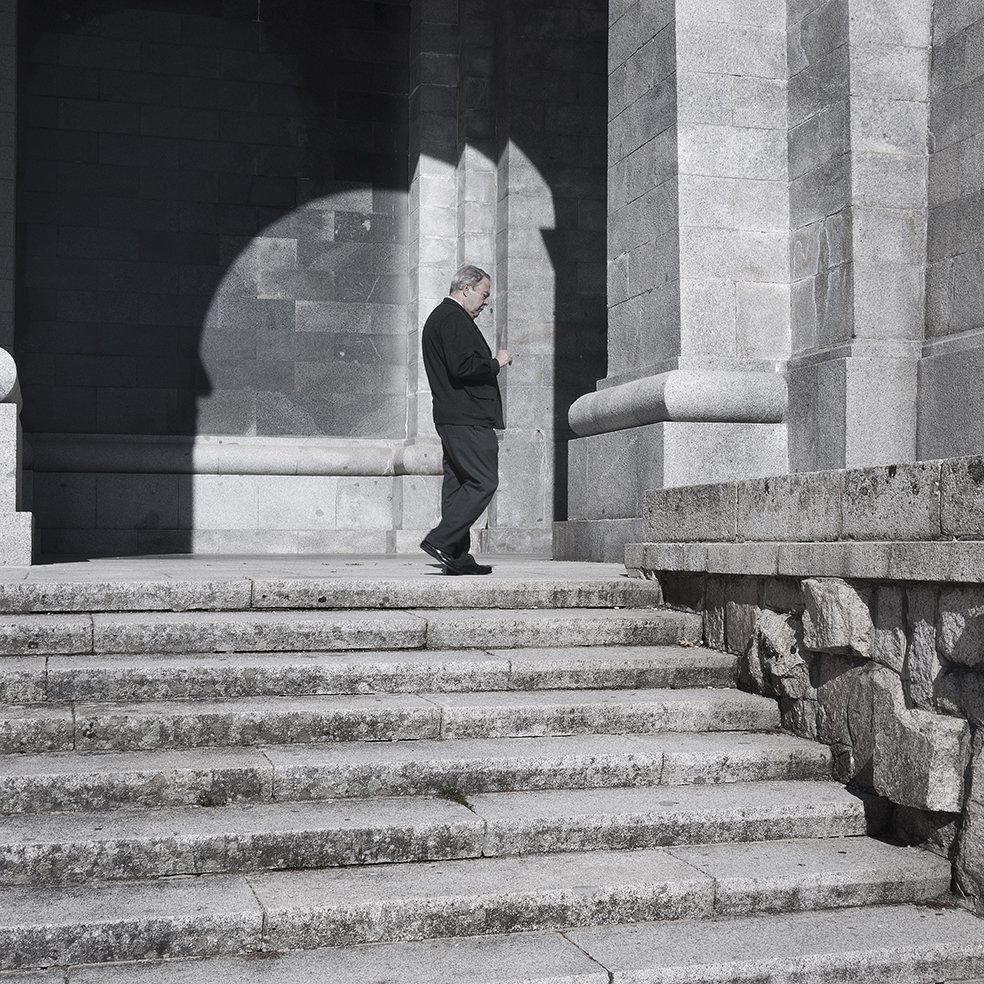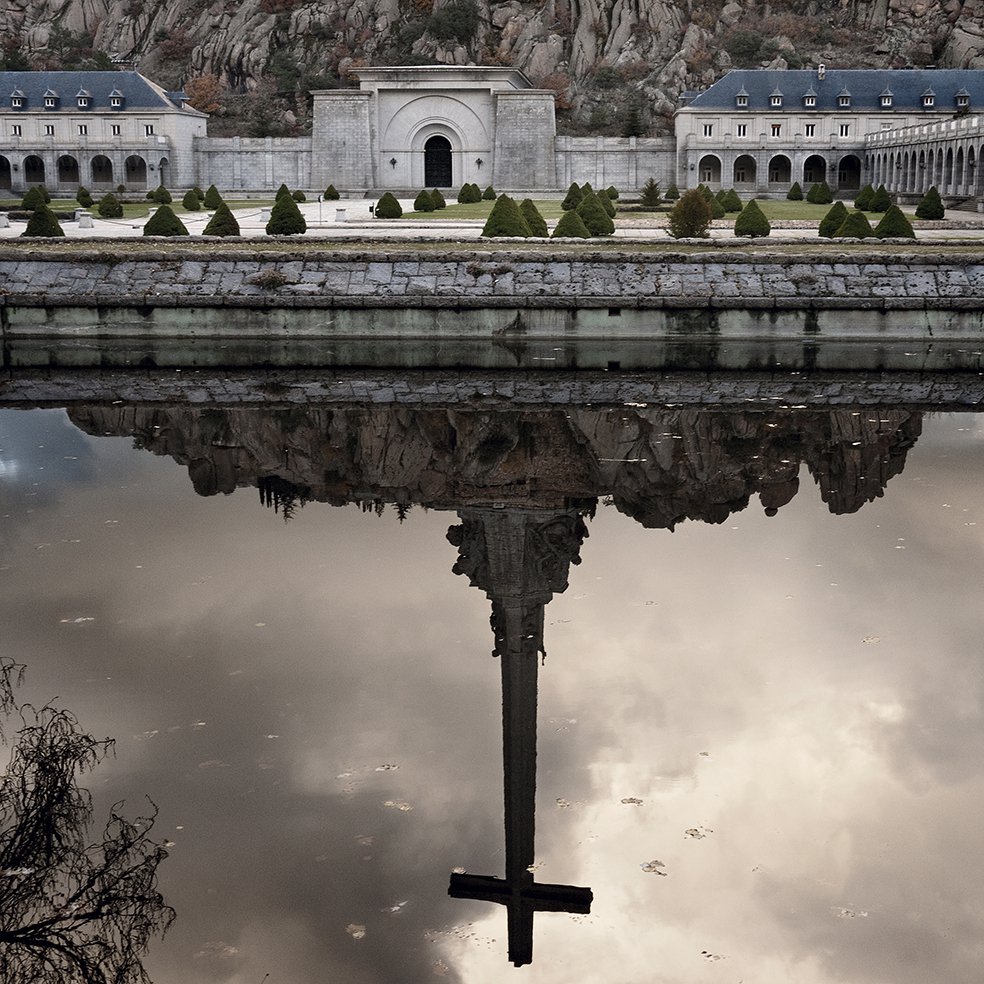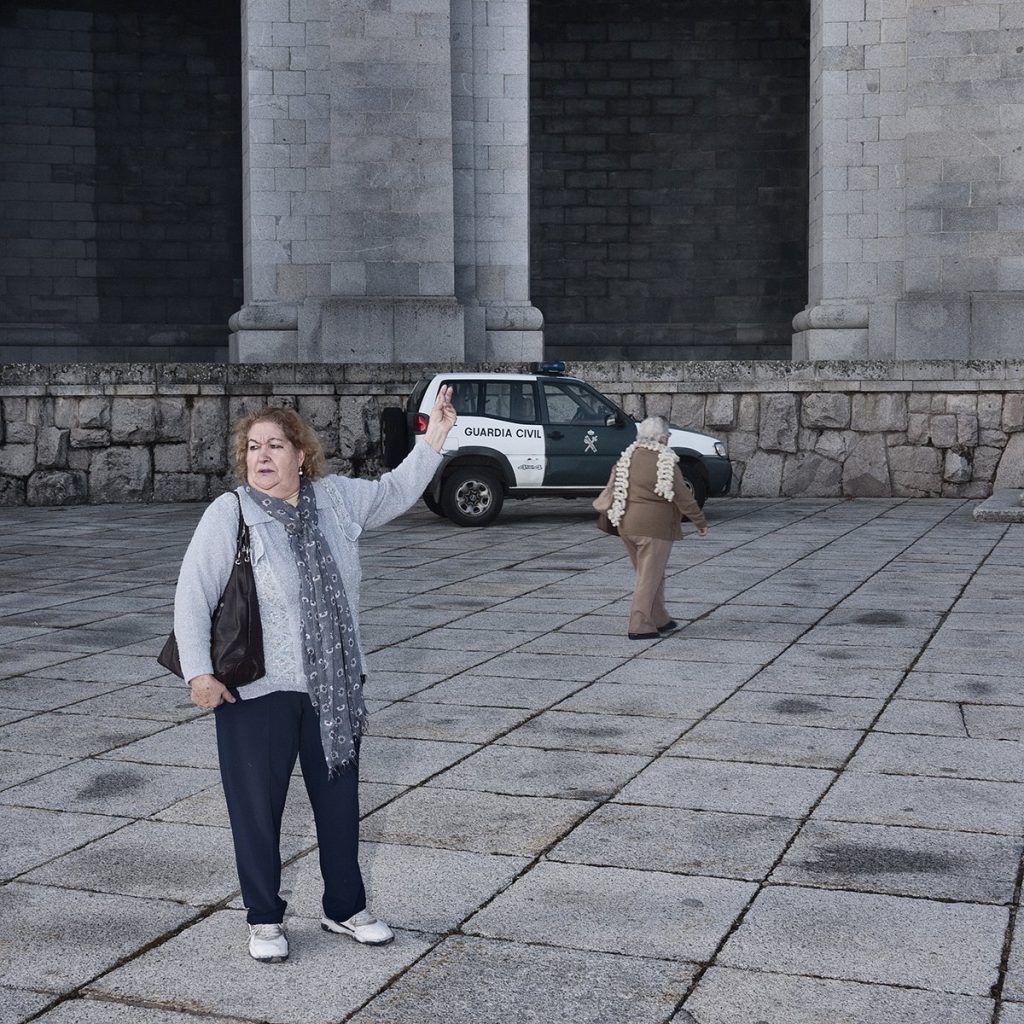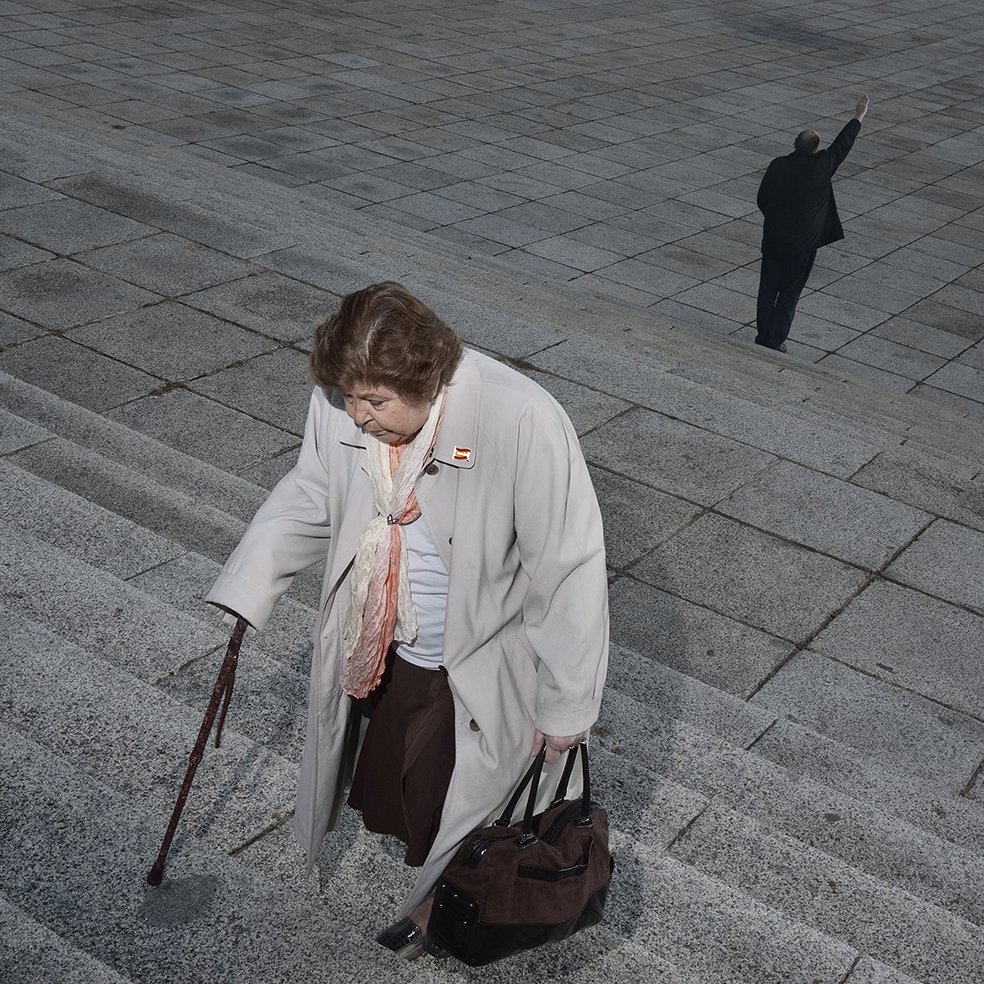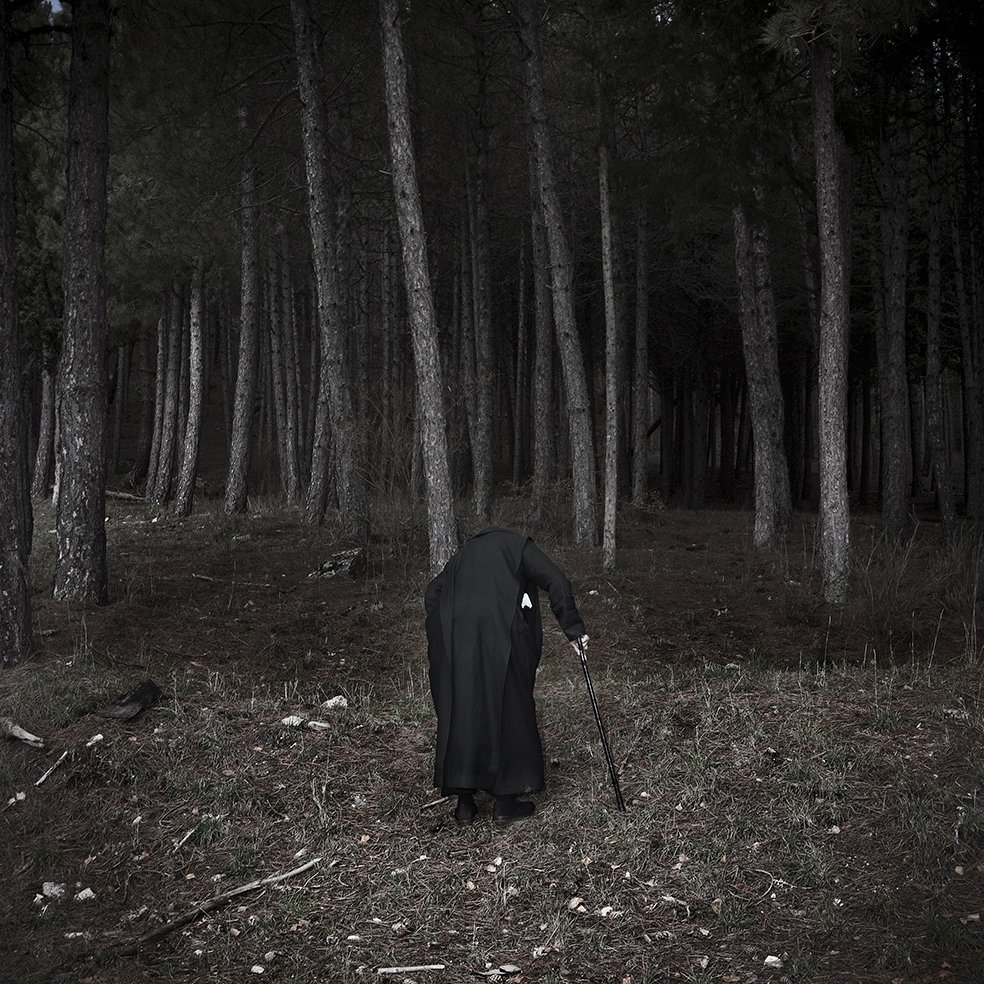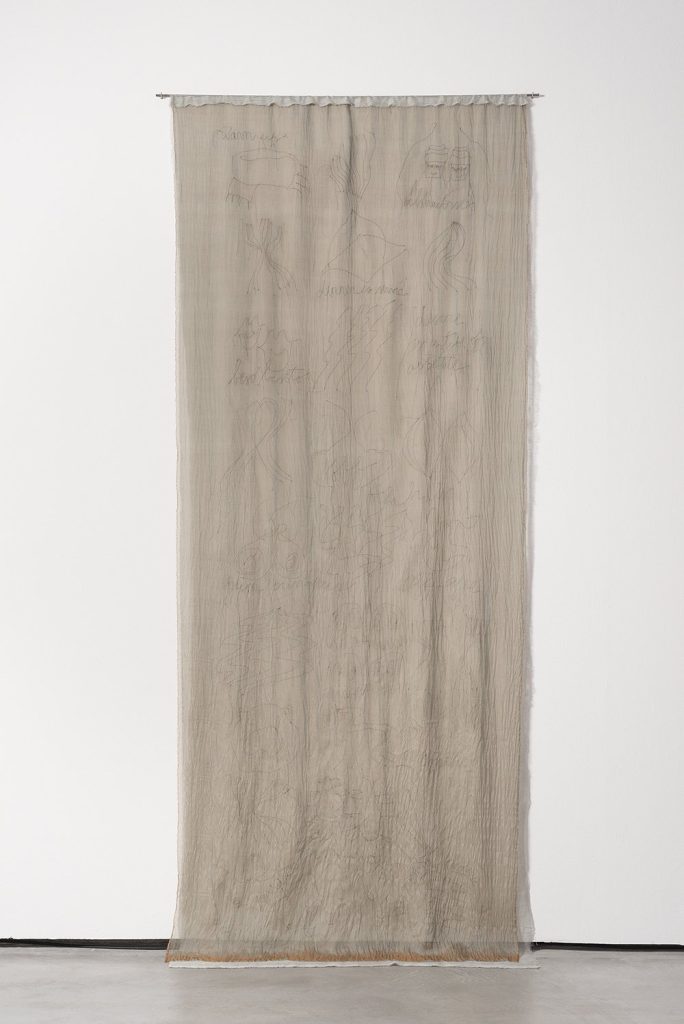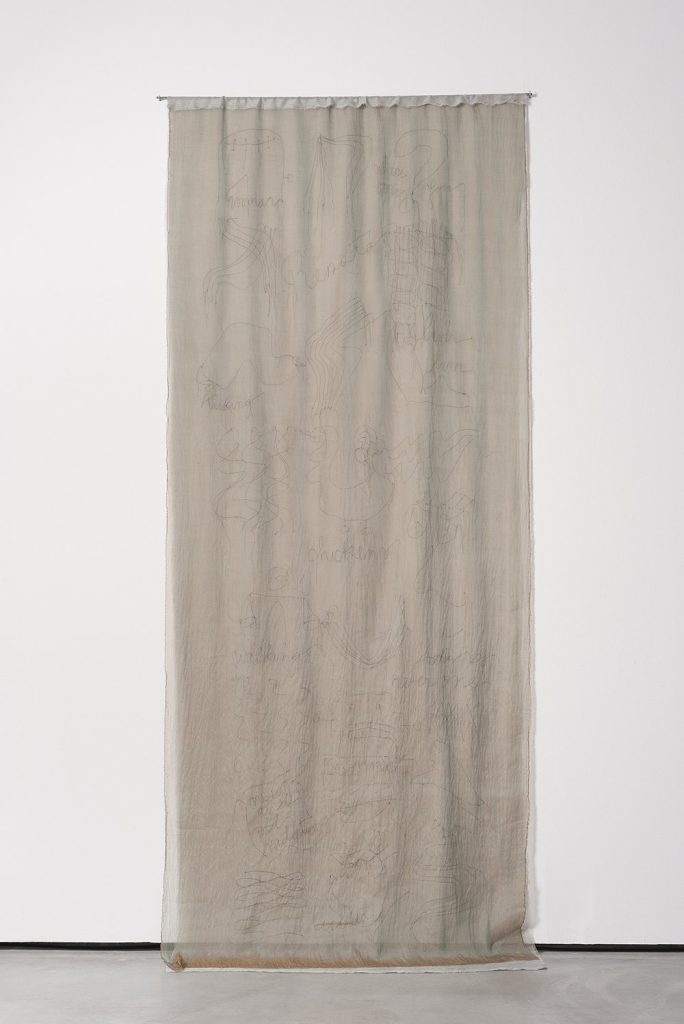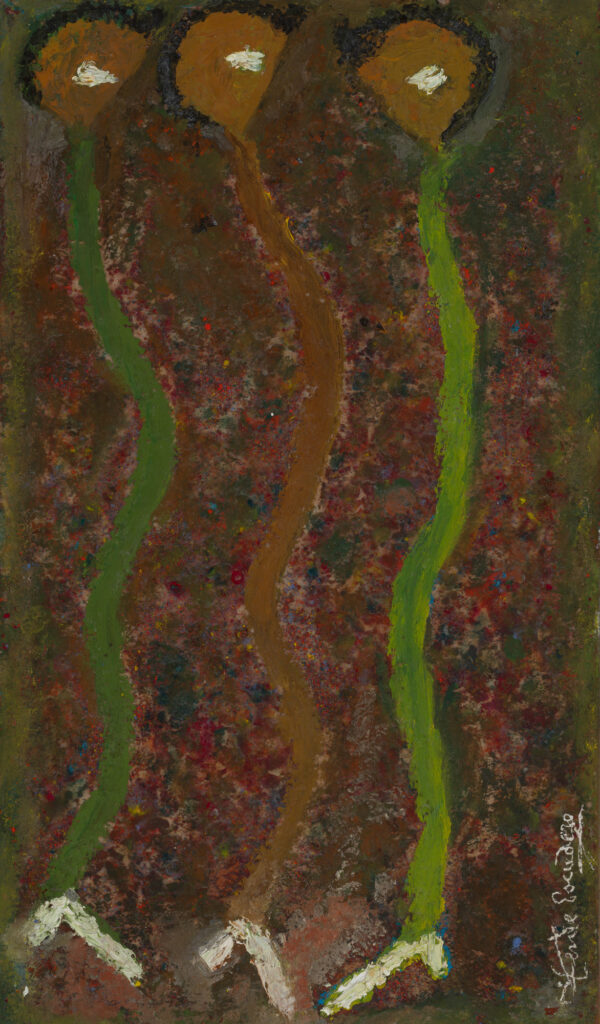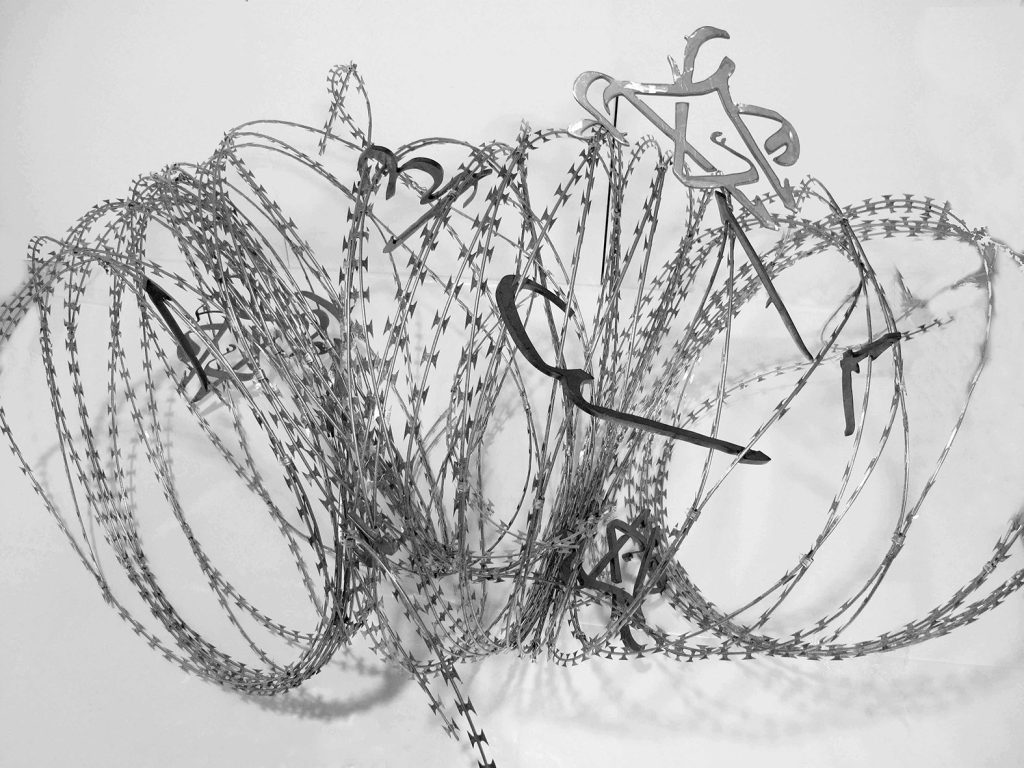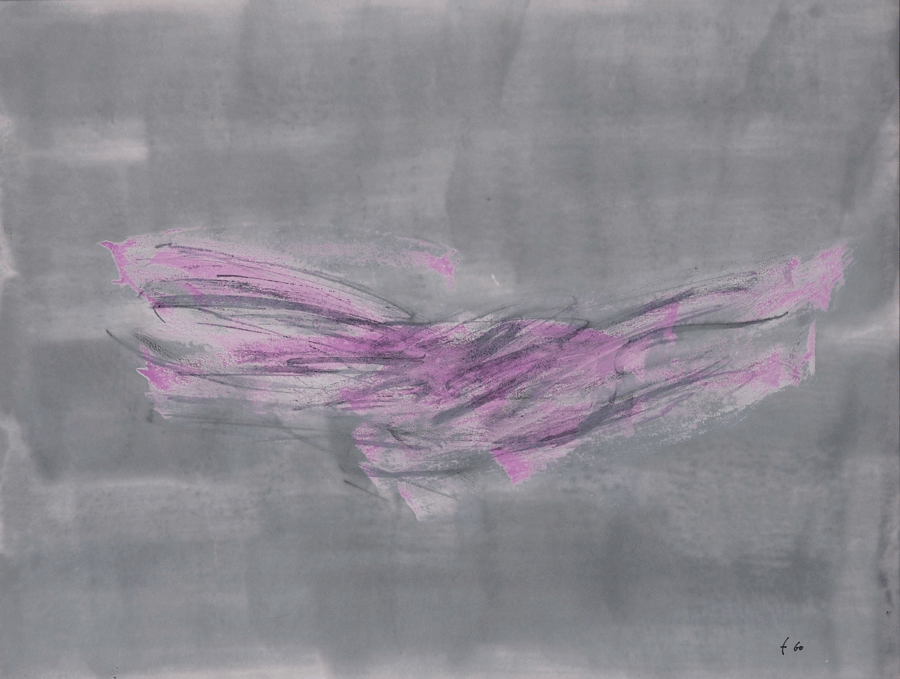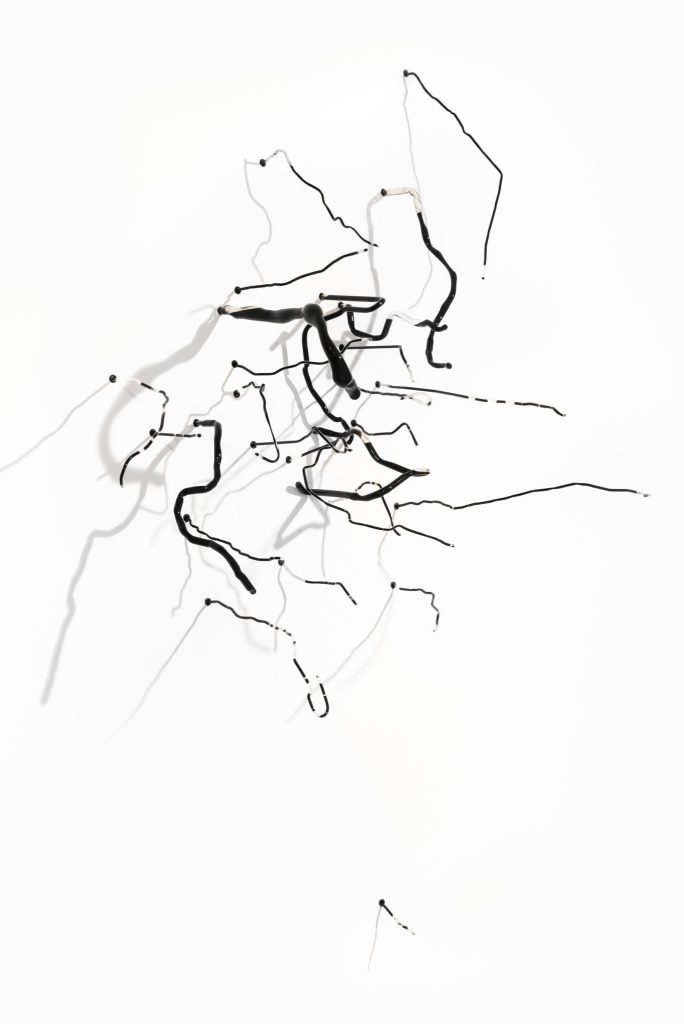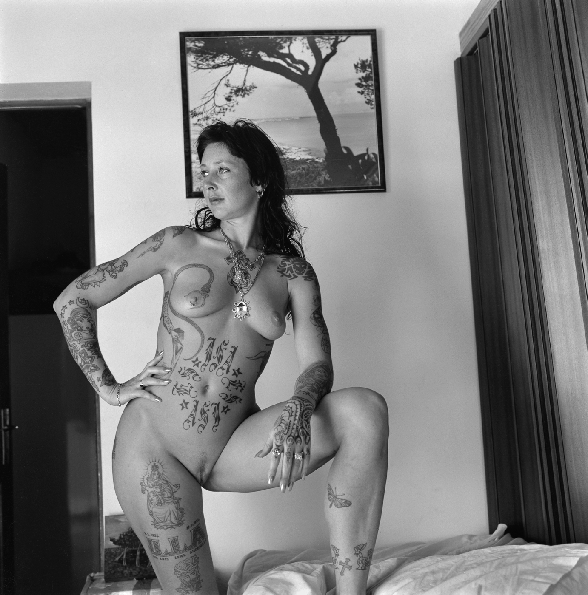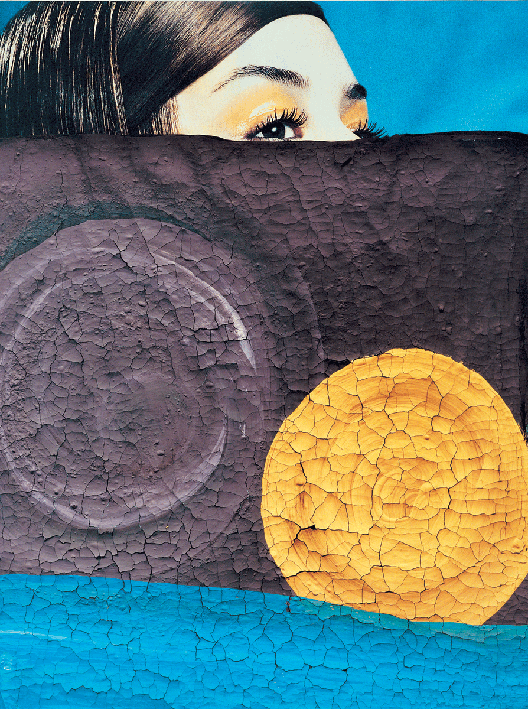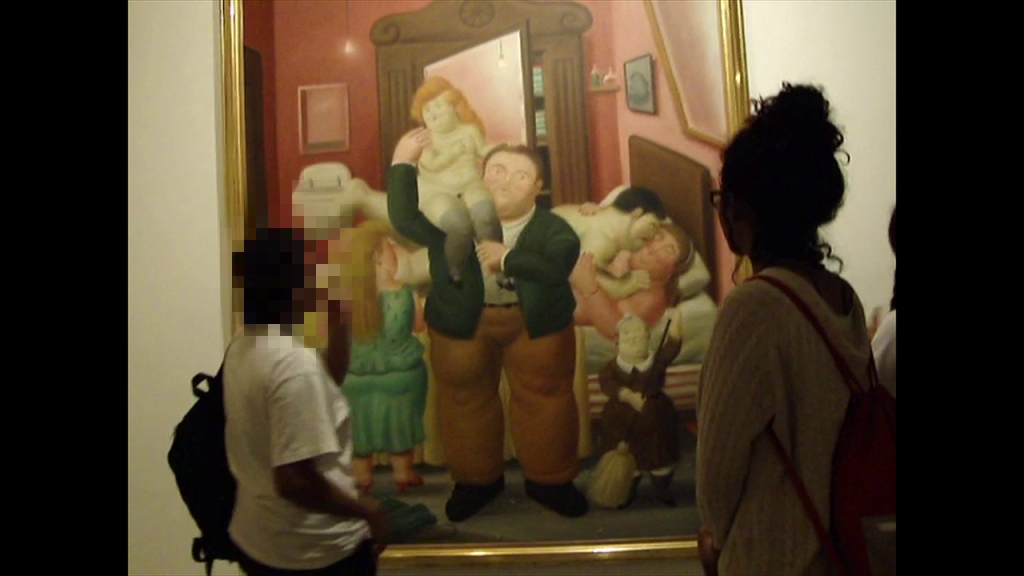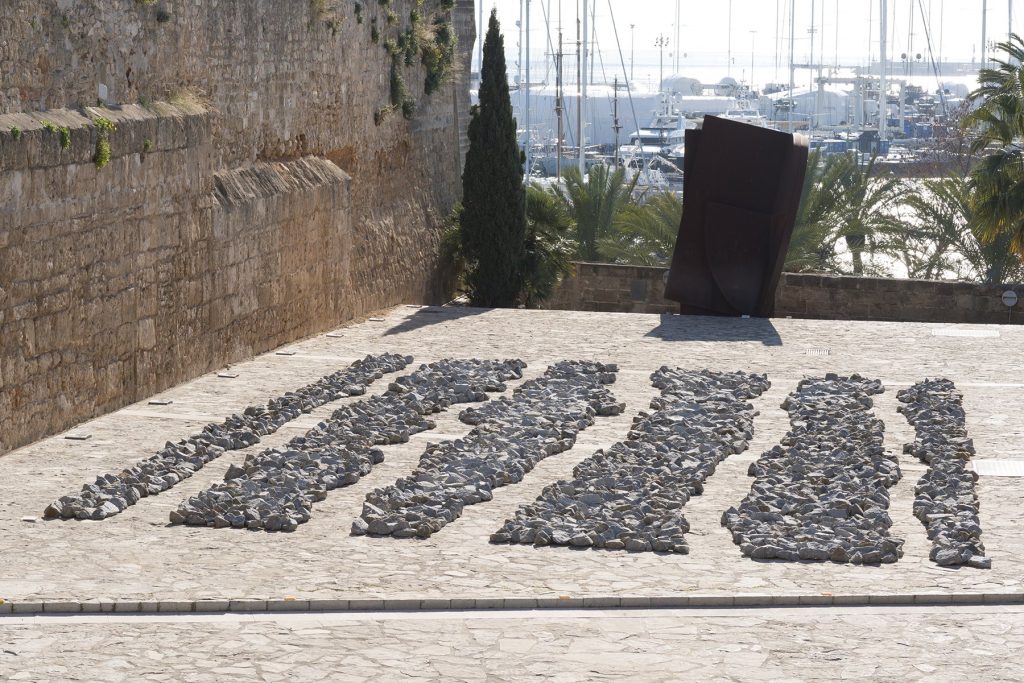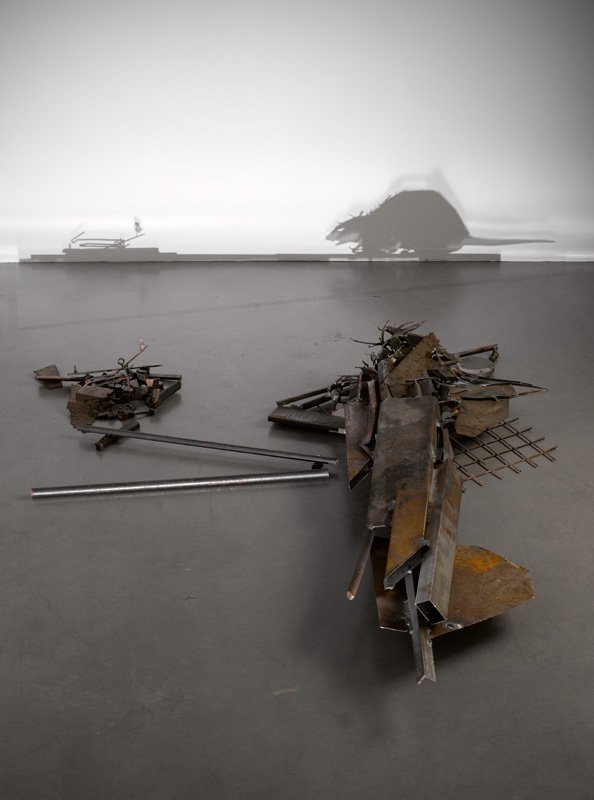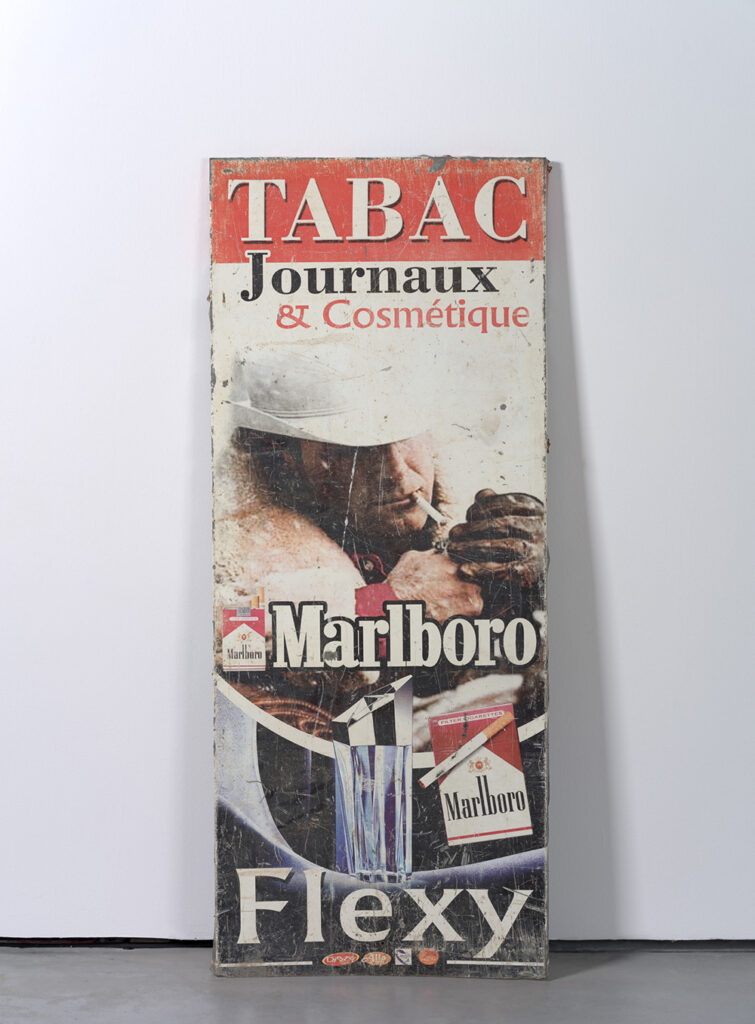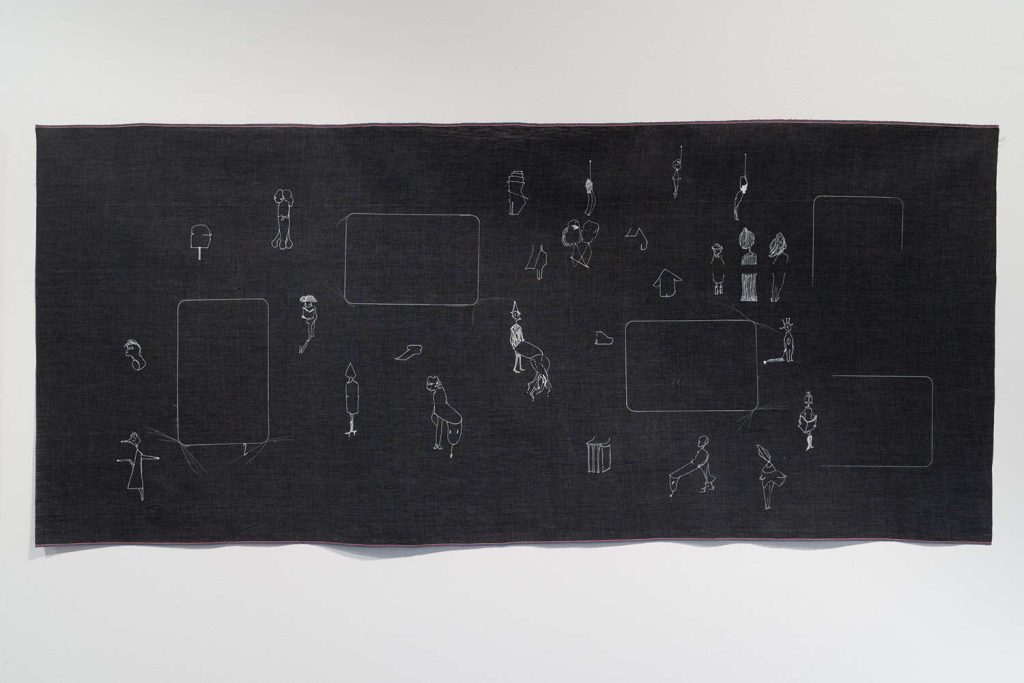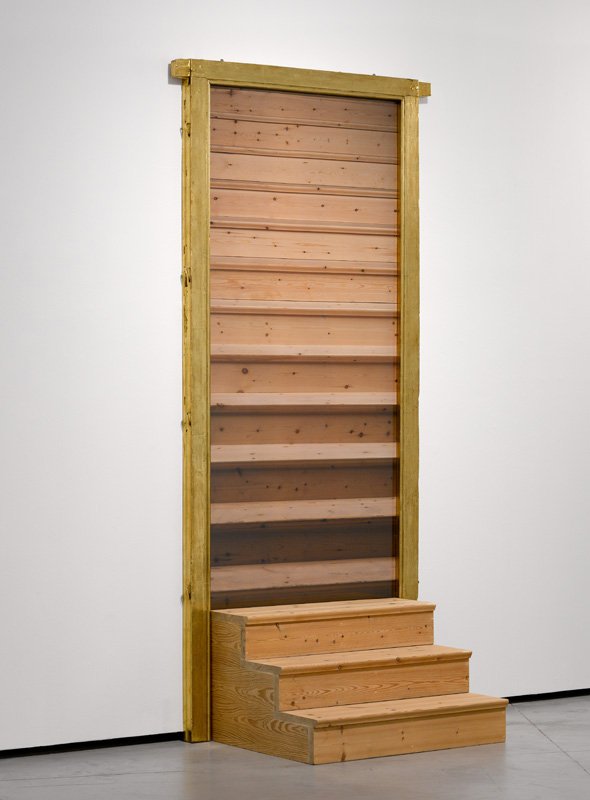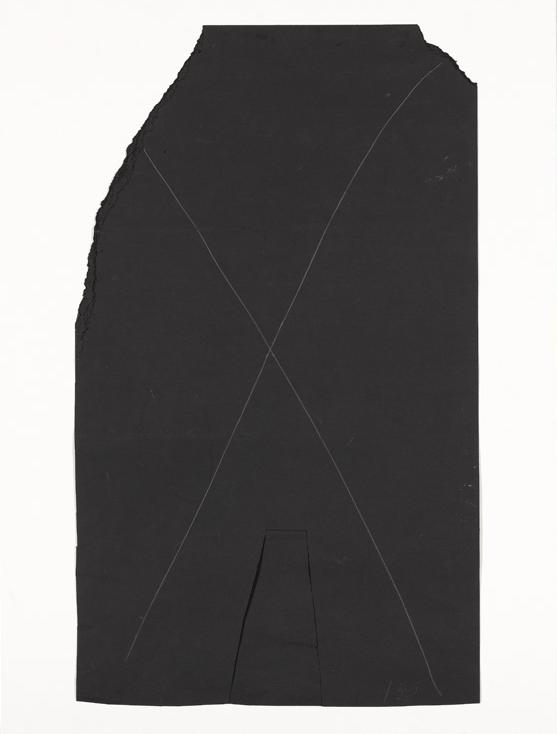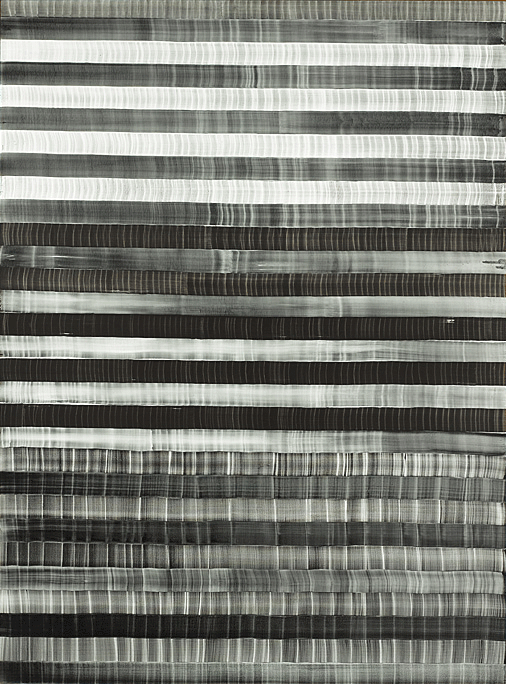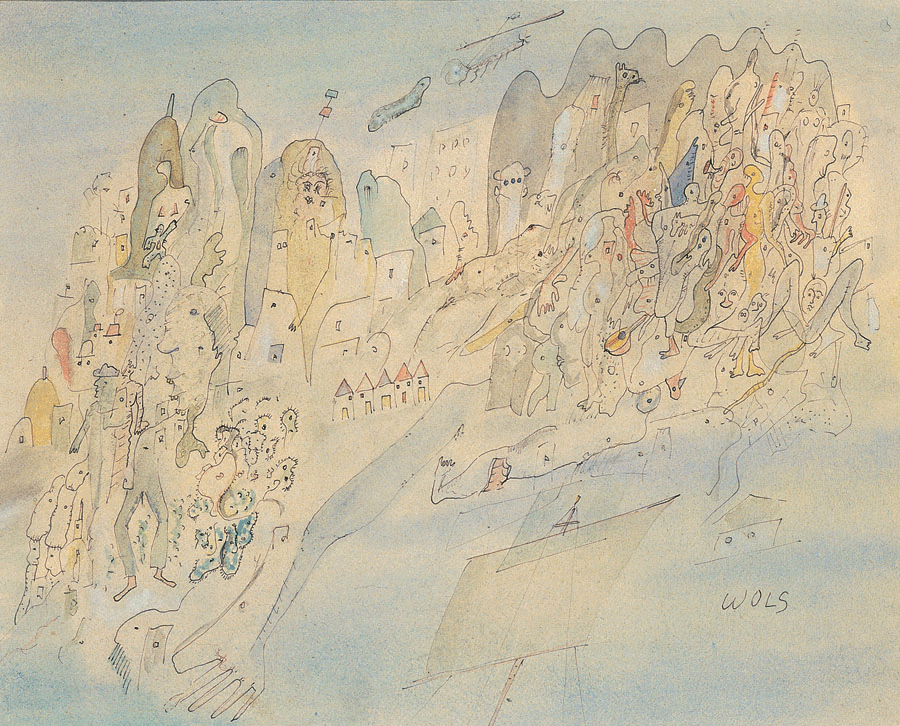Normopathies.Works from the Es Baluard Museu Collection
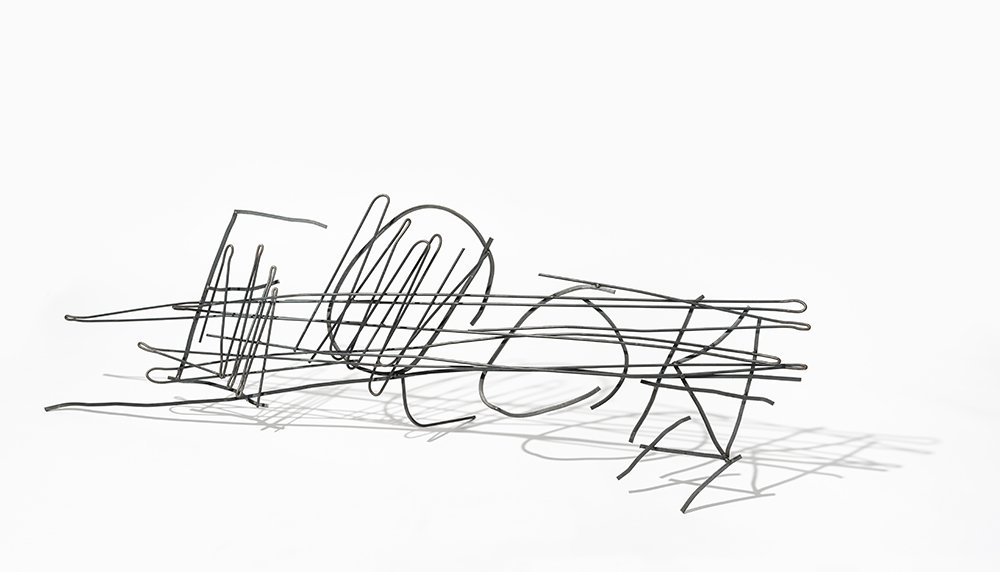
- Location:
- Exhibition Hall C
- Artists:
-
Helena Almeida, Toni Amengual, Mercedes Azpilicueta, Erwin Bechtold, Irma Blank, Miriam Cahn, Helmut Dorner, Vicente Escudero, Will Faber, Mounir Fatmi, Jean Fautrier, Lara Fluxà…
Artists
Helena Almeida, Toni Amengual, Mercedes Azpilicueta, Erwin Bechtold, Irma Blank, Miriam Cahn, Helmut Dorner, Vicente Escudero, Will Faber, Mounir Fatmi, Jean Fautrier, Lara Fluxà, Alberto García-Alix, Susy Gómez, Núria Güell, Petrit Halilaj, Peter Halley, Lawrence Abu Hamdan, Richard Long, Ibrahim Mahama, André Masson, Joan Morey, Tim & Sue Noble & Webster, Lydia Ourahmane, Perejaume, Javier Peñafiel, Walid Raad/The Atlas Group, Antoni Tàpies, Juan Uslé, Eulàlia Valldosera and Wols (Alfred Otto Wolfgang Schulze) - Curatorship:
- Carles Guerra
- Downloads:
The exhibition “Normopathies. Works from the Es Baluard Museu Collection” presents a selection of works from the museum’s collection, dating from the European postwar to the first two decades of the 21st century, leads to an essay on the relationship between writing as a technique in the exercise of power and its normative will. This arises, in turn, from an encounter with British anthropologist Jack Goody (1919–2015), known for his contributions to the history of the effects of writing’s emergence in antiquity. The recording of the final interview with this researcher, shortly before his passing, serves as the prologue to the selection from the Collection. In our contemporaneity, nonetheless, forms of power are as heterogeneous as the many proliferate forms of writing.
- Jack Goody (London, 1919 – Cambridge, 2015) is not a trendy intellectual. He was, however, one of the most influential anthropologists of the second half of the 20th century. His research put particular emphasis on writing as a mechanism of social consolidation. From an anthropological, historical and linguistic perspective, Goody revealed the dynamics of historical change and the emergence of new forms of power that writing, camouflaged as technology, came to catalyse.
Obsessed as I was about this thinker, who I had learnt so much from, in 2015 I travelled to Cambridge to interview him. That day I was accompanied by his daughter, Mary Goody, and by Xavier Ribas, his son-in-law. The interview lasted about an hour. I posed the questions and Xavier Ribas recorded the conversation on video. Unfortunately, that was one of his last interviews, if not the very last. Jack Goody passed away not long after, at the age of 95.
Returning to the recorded images from that afternoon, it would seem that Jack Goody was answering all our questions. He did so in orderly fashion, with the argumentative capacity that had always distinguished him. Yet understanding of his speech was gravely compromised. We had to make an effort to understand him, fully aware that he was thinking and speaking before the camera without concern for our difficulty in following him. While in his own mind he felt sure he was communicating in a clear way, for us it has become necessary to subtitle his words.
What Jack Goody was inviting us to consider when he published The Logic of Writing and the Organization of Society (1986), was not solely the effect of the writing’s invention. By raising questions about writing as a technology of modernisation, he automatically turned it into an instrument bound to administration, and suspect of having favoured normativity. He did so without ignoring the obliteration of communicative forms that took place along the way to hegemonic writing. The techniques of modern writing, therefore, open the door to that version of progress that would banish other forms of communicative exchange to the margins.
- The Es Baluard Museu d’Art Contemporani de Palma Collection features many works from the period of the European postwar. In a range of works from Wols to André Masson, from Jean Fautrier to Antoni Tàpies, painting seemed to be engaged in a new calligraphic project. It was, in the end, an attempt to favour the emergence of a writing that might be resistant to signification or some ultimate meaning. These paintings can now be understood a constituent process, aspiring as they did to a form of writing that, in turn, as Wittgenstein would say, could never go beyond a status of uncertainty, what the philosopher called a private language.
That afternoon, the British anthropologist spoke to us of something similar, sitting at the care home where he spent his final days. His body and gestures, the tone of his voice and his calm demeanour while expressing his ideas, contrasted with how difficult it was to understand him. Still, his words evoked the radicality of that project, which was so influential for social anthropology. We listened to him with our full attention, all the while knowing that if we wanted to get to the heart of what he was saying, despite him speaking with unquestionable conviction, sooner or later we would have to recur to the recording.
This selection of works from the Es Baluard Museu d’Art Contemporani de Palma Collection aspires to be a project able to forge a history with these forms of powerless writing—forms that have not been constituted as a hegemonic writing—while reconsidering them from a contemporary perspective. Just like someone who might go back and listen to Jack Goody, in the hope of catching some meaning that had been missed. Now, however, the apparatus used to activate these works from the Collection is constituted by the critical positions expressed by the creators of other works, also belonging to the Collection.
While there are contemporary works of art, such as by Mounir Fatmi and Petrit Halilaj, that continue to remind us of the persistence of writing and its complicity with normative power, often associated with the absolutist power of states and borders, there is likewise an emerging acknowledgment of writings that have existed on the margins of patriarchal societies and the instruments of control they have historically wielded. Eulàlia Valldosera, Núria Güell, Miriam Cahn, Joan Morey and many others convert the Es Baluard Collection into an ideal laboratory for a renewed consideration of Jack Goody’s seminal idea.
The proposition is to let the Collection speak through its own objects, while not losing sight of the fact that what we seek to revive is the history of power founded on the idea of not having power. The kind of power that frequently pertains to art itself.

